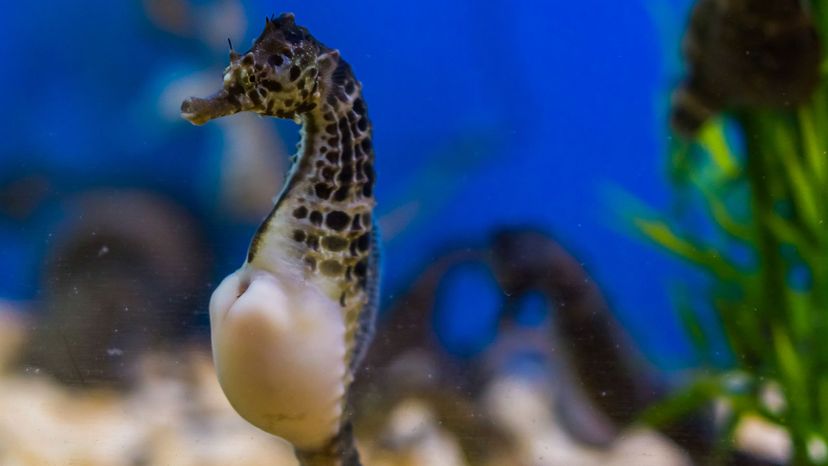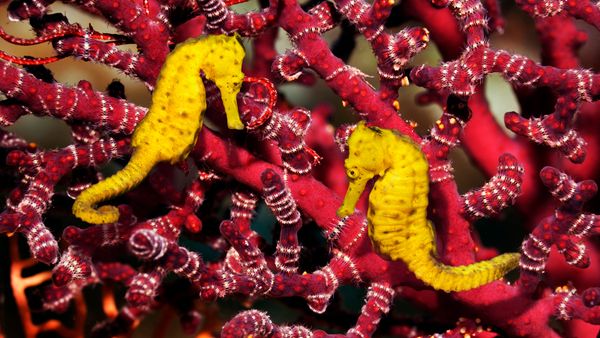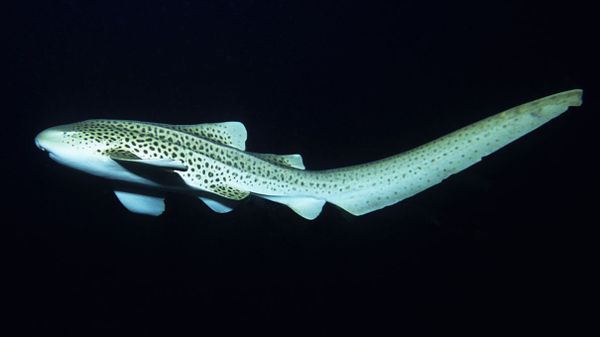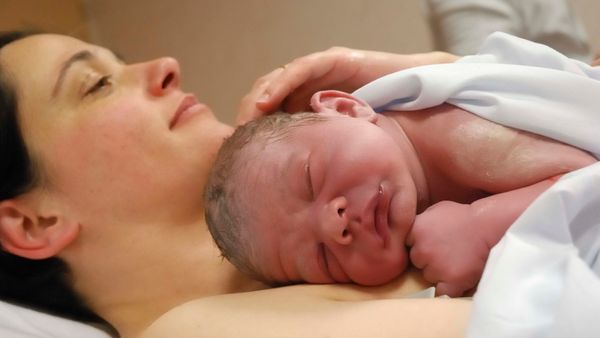
Key Takeaways
- Male seahorses carry and give birth to their young, a unique trait among members of the Syngnathidae family, which includes seahorses, seadragons and pipefish.
- Female seahorses deposit eggs into the male's brood pouch, where the male fertilizes and incubates them until birth.
- The male seahorse uses skeletal muscles rather than smooth muscles to contract the brood pouch and give birth to up to 2,000 babies at a time.
Normally, female animals give birth to young — not males. It's just the way animals have always done it. However, the rule is almost always proven by its exception, and seahorses are the lucky winners of this particular exception. Seahorse men are the mamas.
Seahorses, seadragons and pipefishes are small marine fishes in the family Syngnathidae that have the unusual habit of leaving the gestation of their young to the males. They do this in a uterus-like pouch — complete with a placenta! — found in their tails.
Advertisement
You might be wondering why a male seahorse is male if he has a uterus and placenta. He might be an anomaly, but just like other male animals on planet Earth, male seahorses produce sperm instead of eggs. The female seahorse impregnates the male by inserting her eggs into a pouch on the front of his tail, into which he releases sperm to fertilize the eggs and incubate the babies for 24 days. Researchers have found they even provide them with oxygen and nutrients during this time, not unlike mammalian and some reptilian mothers.
An Australian research team has discovered the mechanism that allows male mothers to trigger the process of labor and birth. In a September 2022 study published in the journal Placenta, the researchers from the University of Sydney and the University of Newcastle reported that Syngnathid dads labor and give birth in a way that's very different from other moms.
Female labor and birth is driven primarily by the hormone oxytocin, which contracts the smooth muscles of the uterus to push the babies out. Smooth muscle tissue works involuntarily, while skeletal muscles can flex and relax when the brain tells it to, which is why you can flex your calf muscle on command but women go into labor without trying.
The research team found the muscle tissue of the seahorse brood pouch did not respond to the fish version of oxytocin, but also that the pouch itself contained very little smooth muscle tissue. Instead, they found the male seahorse has three small bones at the opening of the brood pouch where the anal fin attaches to skeltal muscles. Female seahorses have very small or nonexistent anal fins, but they're more prominent in males.
It turns out the anal fin and skeletal muscles that power it is a key to the mystery of seahorse birth, as they play a role in both mating and labor for the seahorse. During courtship, the male seahorse does a little situp-style dance, crunching and expanding his abdomen to let water into his brood pouch. He does the same thing when he goes into labor, pressing and relaxing his abdomen until his thousands of little babies spew forth.
Instead of smooth muscle running the seahorse birthing show, it's the skeletal muscles of the anal fin that contract to open the brood pouch of the male seahorse. More study is required to test whether the fathers consciously make the contractions happen, or if the skeletal muscles somehow override their normal rules and contract on their own.
Advertisement


